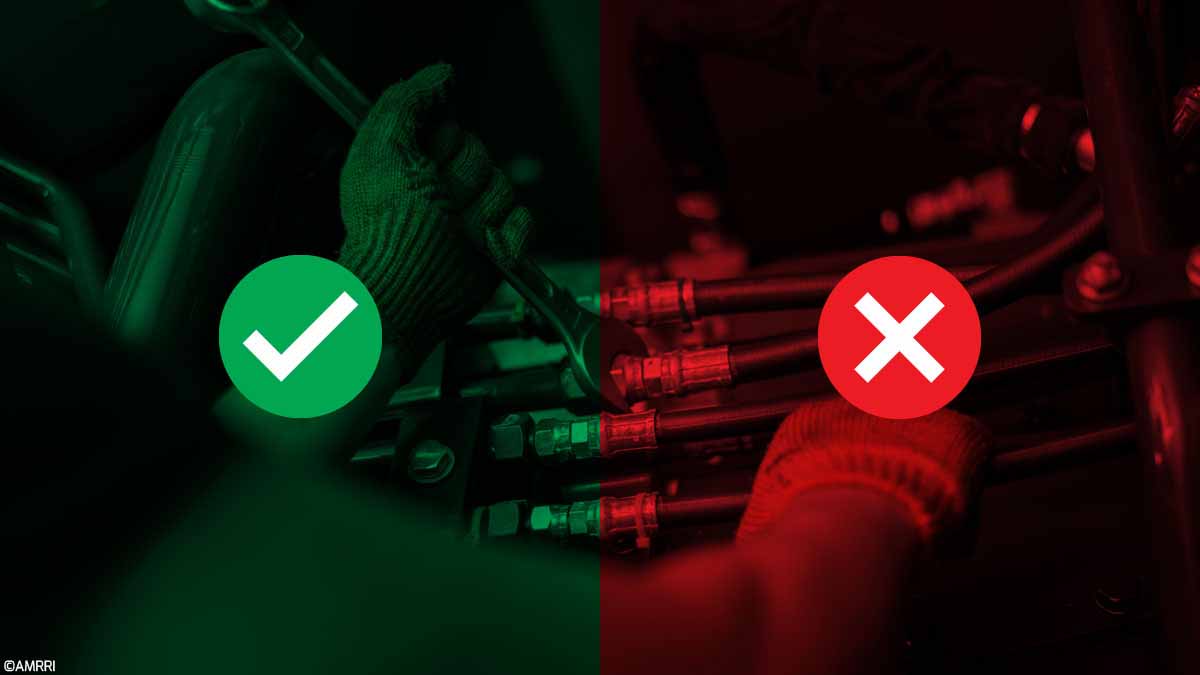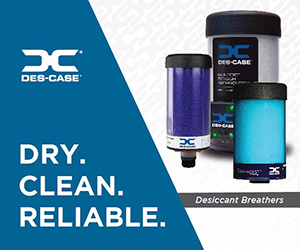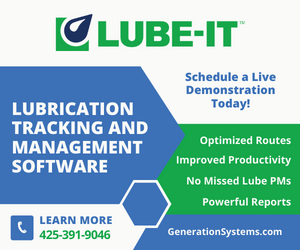Industries that rely on hydraulic systems are often some of the heaviest consumers of lubricants, primarily due to their tendency to leak. While best practice would suggest that they identify and fix the leaks, many companies are either unable or unwilling to address the root cause, electing instead to collect, reclaim, and re-use the fluid.
Introduction to Hydraulic Fluid Reclamation
Reclamation has received renewed focus recently due to supply chain disruptions in the lubricants market, in conjunction with an increased awareness of the environment and the carbon footprint of capital-intensive industries.
However, the subject of oil reclamation is not new. Reclaiming lubricating oils was addressed as far back as 1922 in a technical article published by the US Bureau of Standards (now Nation Institute of Standards & Technology – NIST)1.
Of course, today’s lubricants and hydraulic fluids are very different from those used in the 1920s, but with appropriate care and attention, it is possible to reclaim lubricants successfully.
Before attempting to reclaim any lubricant, we need to start with a fundamental truth: lubricating oils do not last forever!
Both base oils and additives degrade through various processes, including oxidation, thermal stress, hydrolysis, shearing, neutralization (acid-base reaction), and absorption (Figure 1).
Many of these processes result in a permanent physical or chemical change to the lubricant that cannot easily be reversed, rendering the lubricant unfit for further use.
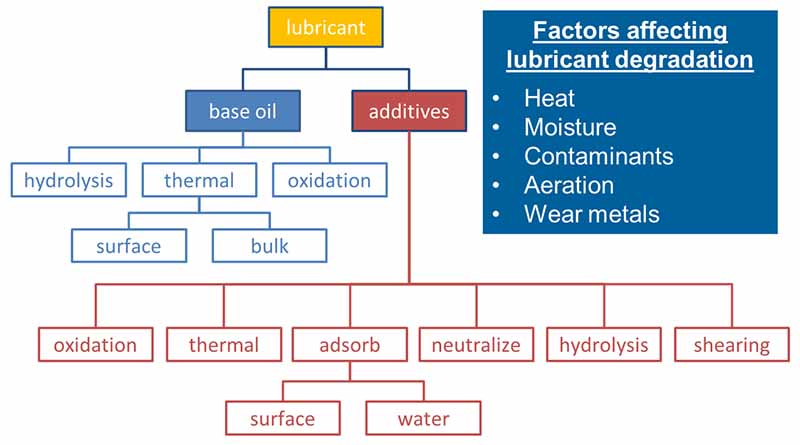
Figure 1: Factors that affect oil degradation.
The Process and Importance of Oil Analysis
Reclamation involves much more than filtering the oil through a filter cart or filter skid and measuring particle count and moisture levels. While ensuring reclaimed fluids are clean and dry is essential, we must also determine if the oil’s fundamental properties are unchanged.
This requires that any reclaimed oil be subjected to a range of oil analysis tests beyond the standard tests run on in-service oil samples. Table 1 shows an ideal test slate for evaluating the health and cleanliness of reclaimed hydraulic fluid, along with the rationale for each test.
When collecting fluid to be reclaimed, the fluid must be isolated from other contaminants such as different grades or types of oils, process fluids, water, cleaning agents, etc. The captured oil should be collected and stored in a dedicated holding tank, ideally isolated from the ambient plant environment.
Because of the cost of performing some of the more advanced tests listed in Table 1, the fluid should be collected and batch-processed in sufficient quantity to justify the reclamation and testing expense.
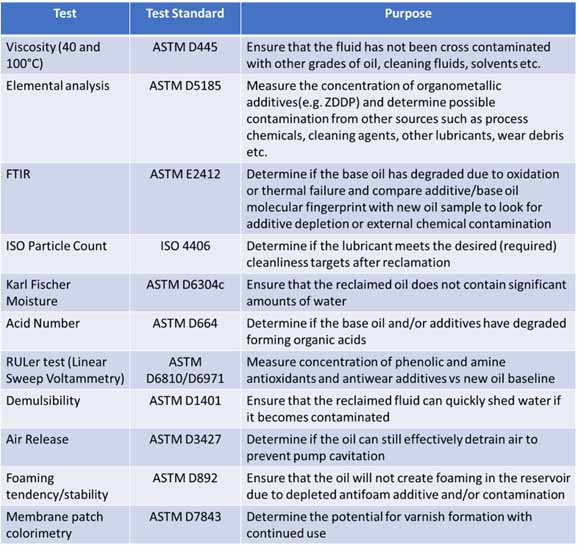
Table 1: Typical test slate for reclaimed hydraulic fluid Quality Assurance (QA)
Challenges and Considerations in Fluid Reclamation
Reclamation usually involves physical processes to remove unwanted contaminants, mostly particles and water. This can be done through a combination of mechanical filtration and vacuum dehydration to remove water down to low levels.
Centrifuges have also been used in the past with good effect but, in general, have been found to be less effective with newer base oil formulations. Suppose small amounts of sludge or other degradation by-products are present.
In that case, these can be removed using cellulose depth media filters or ion-exchange resins, provided the fluid does not show an overall high varnish potential and still has appropriate amounts of antioxidant additives present as measured by Linear Sweep Voltammetry (LSV).
Once cleaned and tested, the reclaimed fluid should be quarantined in the same or a separate holding tank before use. The quality assurance (QA) testing results should be retained as a baseline against which future in-service oil samples can be evaluated.
One of the most common questions when discussing reclaiming degraded fluid is the potential for re-additization of the oil. This is a logical question since additives typically degrade before base oil degradation. Adding third-party, aftermarket additives should not be taken lightly and is usually not recommended.
Additive manufacturers and oil formulators spend considerable time, money, and resources ensuring the functionality of their lubricants, carefully balancing the chemistries between different types of additives, which, unless carefully controlled, can produce severe, deleterious results.
If supported by the original oil manufacturer, including their technical and formulation teams, re-additizing an oil is possible. Still, the risk versus the reward should be carefully evaluated before proceeding.
While the list of tests outlined in Table 1 may seem daunting, proceeding without adequate testing can be a recipe for disaster.
Without the appropriate (healthy) additives, base oils can rapidly degrade when put back into service, creating sludge, varnish, and other deposits, which can become very difficult to displace in pumps, valves, hoses, lines, and hydraulic actuators.
Likewise, failure to correctly identify chemical contamination with other fluids or lubricants can result in aeration, foaming, and loss of demulsibility, all of which can destroy hydraulic pumps through cavitation.
The loss of base oil integrity can also change the fluid’s bulk modulus, which will change its compressibility.
This can cause changes in overall system control and impact the volumetric efficiency of hydraulic pumps, which in turn can impact cycle times. Since most hydraulic pumps require antiwear (AW) additives, QA testing should ensure that the fluid has sufficient AW additives left to meet the requirements of the OEM pump manufacturer.
While reclaiming hydraulic fluid may seem like a sound, financial, and environmental decision, extreme caution should be employed, including ensuring that the fluid meets or exceeds the oil suppliers’ and OEM’s minimum performance standards. When in doubt, you may be better served to recycle – or better yet, fix the leaks!
References
- W. H. Herschel and A. H. Anderson Technologic Papers of the Bureau of Standards Volume 17, 1922-1924 p93-108



